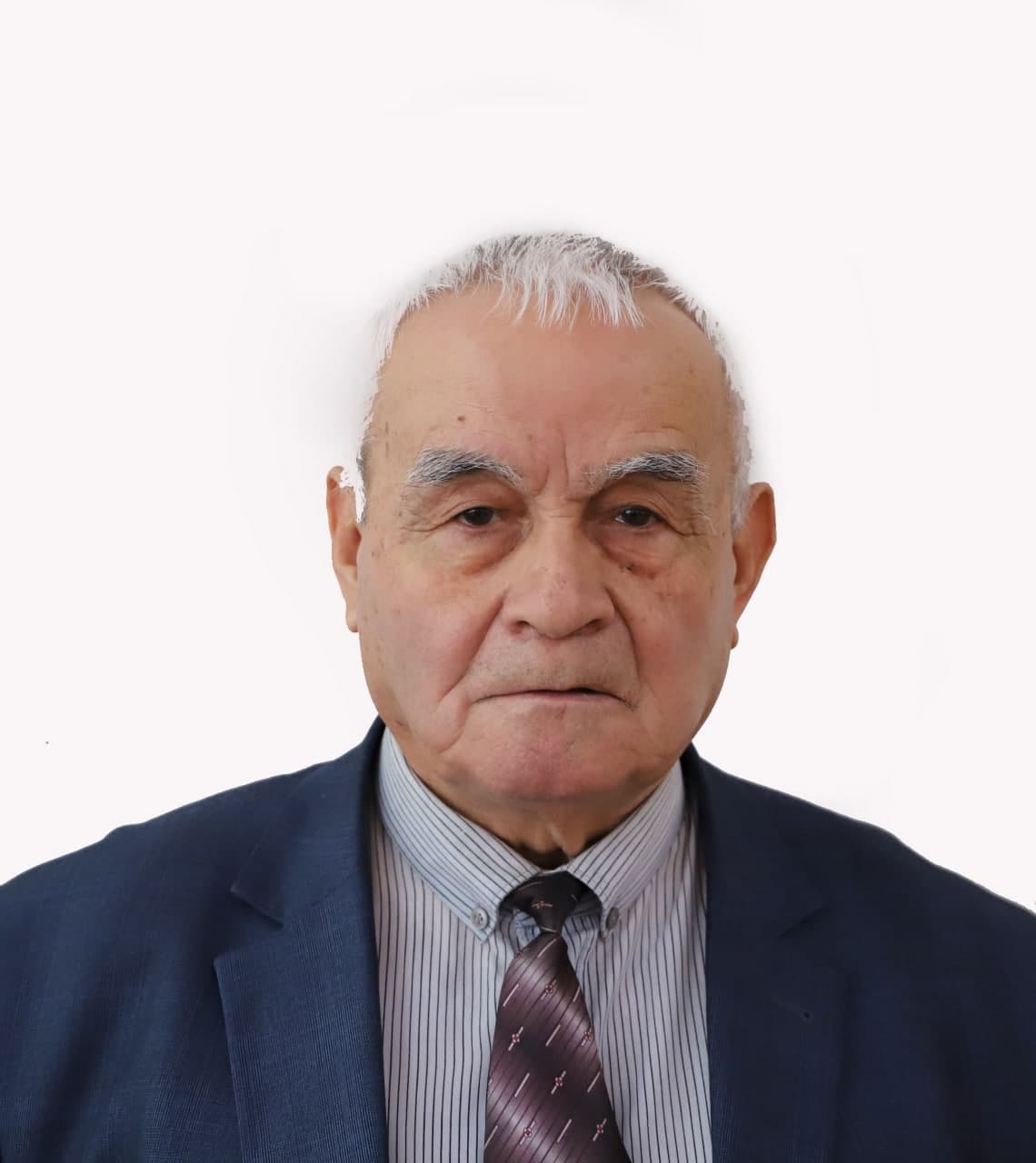Author: Qodirova, Dilbarxon Mirzaxparovna
Annotation: It has been found that classifiers exist not only in Vietnamese but also in other languages of the world, particularly in Turkish languages. However, their role and significance in Vietnamese is very great. Although these words are important words or morphemes used in the translation process to fully and clearly express the meaning and essence of an object depending on the necessary context, they have not been studied in a specific system. The classifiers "Cái" [kai] and "con" [kon] are frequently used classifiers in the Vietnamese language, and their semantic study is one of the topics that attracts the attention of many linguists. In particular, it is necessary to conduct a separate comparative learning of Vietnamese classifiers in Uzbek Vietnamese studies, to scientifically and theoretically describe such issues as their specific features, their generating factors, semantics, similarities and differences, grammatical features of the classifiers "cái" and "con" based on the internal laws of the language, to identify and study the features and exceptional cases in use. This article scientifically and theoretically studies the classifiers cái [kai] and con [kon], which are widely used to describe a large group of concrete and abstract objects, and also presents an approach and draws the necessary conclusions.
Keywords: classifier, cái, con, standard classifiers, classifiers denoting inanimate objects, classifiers denoting artificial objects, classifiers denoting abstract objects, classifiers denoting moving inanimate objects, classifiers denoting natural phenomena with a dynamic feature.
Pages in journal: 458 - 469







